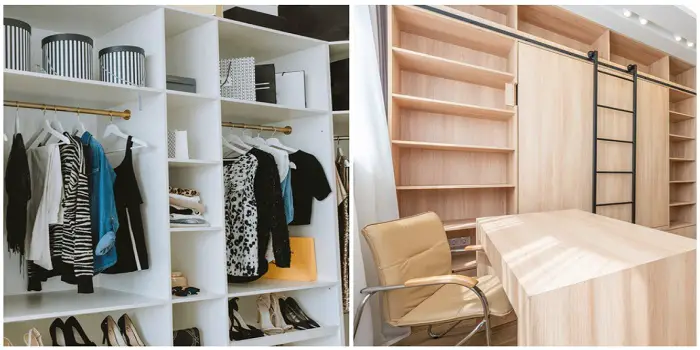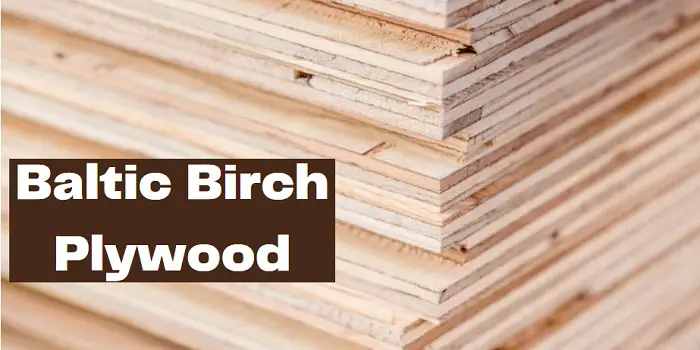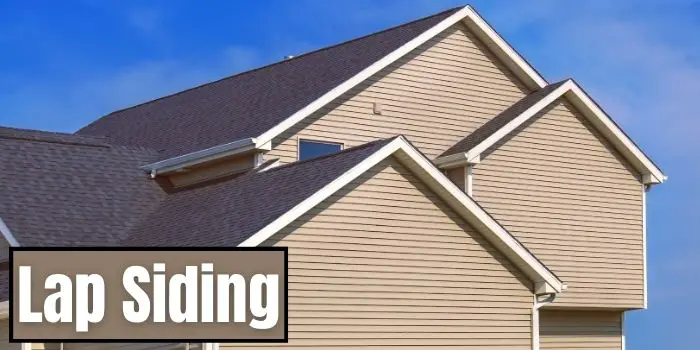
Lap siding is a popular type of exterior covering for homes which is particularly common in the United States. This term is usually used in reference to horizontal siding, and it comes from the way that the plank types overlap with each other.
Lap siding can be made from many materials, though it is typically made from wood.
Throughout the years, as the issues of using wood became clearer, people started looking for other kinds of material for the job, ones with higher durability and less required maintenance.
If you are looking forward to installing lap siding for your home, it’s important to know more about their different varieties, the benefits, and drawbacks that come with them along with proper maintenance tips.
So, without any delay let’s cover all these details below…
Different Types of Lap Siding
There are a variety of lap-siding options with distinct looks that are the product of using various materials:
1- Clapboard Siding
The first kind of siding that was used was clapboard. This is a horizontal siding that has pieces shaped like a wedge with greater width at the base and a thinner look at the top.
The pieces of this lap siding overlap and create a more even appearance. It is most commonly used in New England but can also be seen elsewhere.
2- Beaded Lap Siding
Beaded lap siding has a thicker bottom, known as the bead.
This makes a bolder shadow when the top of the siding overlaps the bottom. It is not as common as other kinds of lap siding but is still well-loved for its decorative appearance.
3- Dutch Lap/Horizontal
This kind of siding is a popular choice that features concave pieces to offer more depth and shadow than other kinds of lap siding, like clapboard.
Because it was cheap to produce at the beginning of lap siding usage, it made it a very popular option over time.
4- Shiplap Siding
This is a one-of-a-kind method of installation of lap siding that overlaps at the top using very tight tolerances and joints.
The narrow edge that sits at the top fits under the wider bottle edge of the following board, doing so smoothly and flatly that it almost looks like one solid piece.
This means there is hardly any reveal and practically no shadow.
5- Traditional Lap Siding
When people think about modern lap siding, the traditional kind is usually what they think of.
This means that the narrow top end of the siding gets tucked beneath the wider end in the following piece, offering a small shadow and reveal.
The bevel is smaller than what you would notice on clapboard siding and has less shadow than a Dutch lap.
Unless you want a certain style or specifically ask for a certain type of installation, the traditional lap siding is what you’ll likely find in your home.
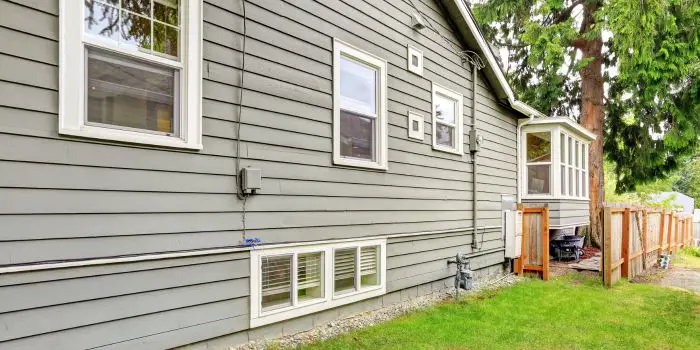
Advantages and Disadvantages of Lap Siding
Wood was somewhat tricky to install at the beginning of the lap siding trend, but these days, it’s quite easy to do with the availability of readymade boards and panels.
Besides easy installation, a few other benefits that a lap siding offers include:
a) Low Maintenance
After you install lap siding, it doesn’t need a lot of upkeep. All you need to do is clean it once or twice a year.
Since dust starts to get caught in the gaps of the boards, it doesn’t require any expert intervention to keep it clean.
Instead, you can just use a common garden hose and a mixture of water and bleach. If you need to replace boards, this is also fairly easy to do.
b) Durability
Lap siding is a resilient and durable choice for your exterior with its installation style naturally giving it stability and strength.
The general lifespan of lap siding does depend on the kind of siding that you choose. Generally speaking, you can expect vinyl lap siding to last for 20 and 40 years.
When it comes to aluminum, stone, or wood, the lifespan can be a bit longer. Keep in mind that humidity and bad weather can affect the lifespan of the siding.
c) Attractive & Inexpensive
Alongside its cost-effectiveness and durability, lap siding also has a lovely appearance. Lap siding is found on more than 8 million homes and its popularity keeps increasing.
Lap siding is considered to be a highly economical choice, especially ones made from vinyl and engineered wood.
Aluminum, real wood, and other similar materials can be expensive. Even so, easy installation of lap siding and the fact that it needs fewer boards can lower the price for larger applications.
d) Easy Availability with Water Resistance Properties
Materials used for lap siding come in hundreds of textures and colors to give you plenty of options. It is also easy to come by, especially if you live in the United States.
Plus, the structure of lap siding lends it slight water resistance. The installation pattern also prevents moisture from getting into it.
To ensure this, it needs to be installed correctly and perfectly sealed in the corners. Choosing materials like vinyl will make the lap siding even more resistant to water damage.
The Cons
Although there are many great benefits, lap siding does have a few drawbacks as well…
a) Discoloration
Roof and wall siding are consistently being exposed to dust, sunlight, and elements.
Because of this, it becomes lighter in color over time. Some companies offer a five- to 10-year warranty which should cover replacement.
b) Insect Damage
With lap siding, dust can quickly clump up in between the boards. This poses the risk of insect breeding which can expand into a larger problem quickly.
If you don’t clean it enough, then the boards can begin to rot. Since the boards overlap, it isn’t always easy to detect such rot early on.
There is a higher chance of lap siding rotting if it is made from wood, though treated wood can help prevent this problem. Keep in mind that treated wood often costs more than standard wood.
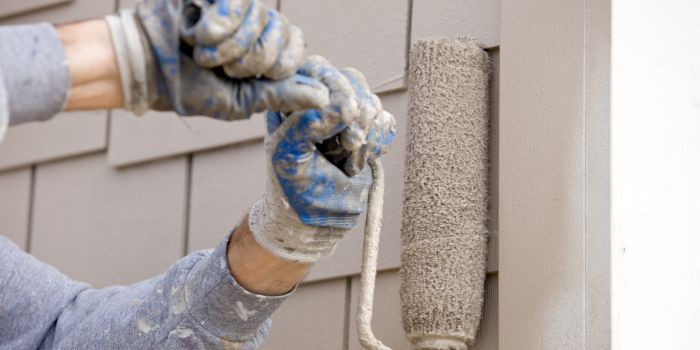
Can Lap Siding Be Painted or Stained for Protection?
Wood lap siding will need to either be stained or painted to protect it from the elements. Otherwise, it is quite susceptible to moisture problems like rotting as well as problems with pests and fungus.
Also, you will need to reapply the paint every couple of years to ensure the siding will retain its appearance while also protecting it from the weather. If you don’t, you may find yourself frequently having to replace it.
Vinyl siding is thought to be a lower maintenance option as opposed to wood. Vinyl lap siding is commonly made of several pieces that have been molded together and have no backing beneath the thin plastic. This can cause cracks in the material due to exposure to cold weather or if it’s hit too hard with an object.
It is also at risk of melting or softening in the heat, meaning it isn’t as low maintenance or as durable as one might hope. Because it can’t be installed in other patterns, if you want something like a pristine-looking shiplap lap siding, it isn’t possible.
One way to solve these problems is to take advantage of fiber cement lap siding. This type of material is more durable than both vinyl and wood and is also lower maintenance. It is resistant to flame, moisture, and insects as well as chipping and peeling.
Like other kinds of siding, fiber cement comes in various colors complete with coordinating soffits and trim, letting you easily customize the appearance.
You can also install it in different kinds of orientations, such as shiplap and traditional arrangements, so you have better control of the overall appearance of the exterior of your home.

Hi, I am Mark Garner a professional carpenter, woodworker, and DIY painter. I live in the small city of Peoria, Arizona as a semi-retired woodworker. I have started this blog with a simple motive to help you with my wood experience in this sector. If you like to know more about what I love doing and how it all got started, you can check more about me here.



